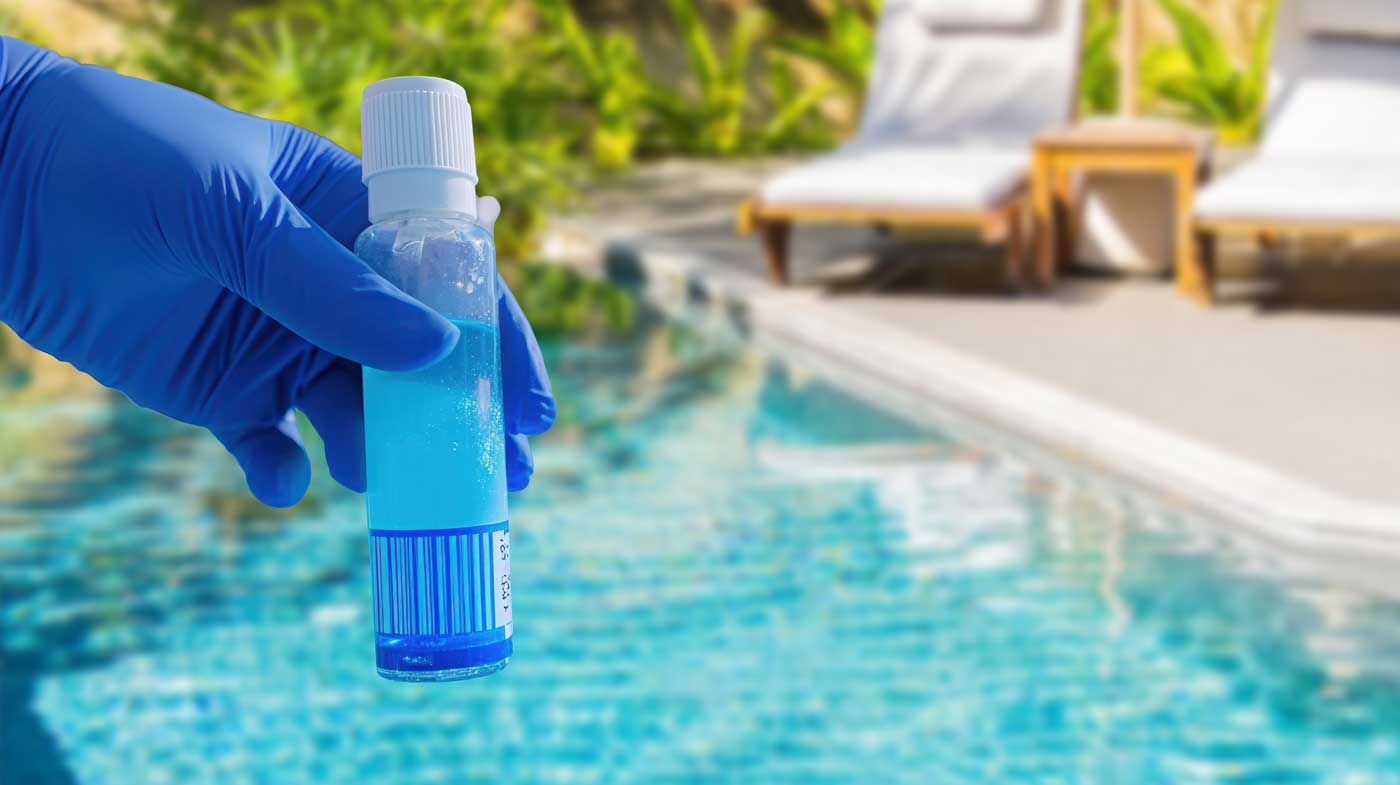Also, warranties can be voided if improper water chemistry is determined to be the reason…
Salt chlorine generators, like most swimming pool products, come in different sizes in order to satisfy the needs of different swimming pools. Before you purchase one, however, you need to correctly size it. In this article, we discuss the factors that go into salt chlorine generator sizing so that you can purchase the best one for your swimming pool.
As shown in the diagram to the right, every swimming pool salt chlorine generator has three components: a power supply, a salt cell, and a bypass manifold. Sizing does not affect the number of control panels or bypass manifolds: every salt chlorine generator has one of each. Sizing does affect the number of salt cells, however, because when you size a salt chlorine generator, you are actually determining how many salt cells your swimming pool requires.
Residential and commercial swimming pools require different approaches with regard to sizing salt chlorine generators. We briefly discuss each approach below.
Residential Swimming Pools
To determine the salt cell size required for a residential swimming pool’s salt chlorine generator, simply refer to the size of the swimming pool. Most salt chlorine generators for residential swimming pools are sized based solely on the size of the swimming pool.
Though sizing a salt chlorine generator for a residential swimming pool is fairly simple, you should contact a qualified swimming pool professional before making a purchase.
Commercial Swimming Pools
To size a salt chlorine generator for a commercial-sized swimming pool, you need to consider more than just swimming pool size alone. The reason for this is that commercial swimming pools are subjected to more than residential swimming pools. They are exposed to more swimmers, equipment, and contaminants.
Here are some of the questions that need to be answered when sizing a salt chlorine generator for a commercial swimming pool:
- How large is the swimming pool? Larger swimming pools require larger salt cells in order to maintain appropriate chlorine concentration levels.
- Is the swimming pool indoors or outdoors? Outdoor swimming pools require larger salt cells. Depending on the climate, outdoor swimming pools generally reach higher temperatures than do indoor swimming pools. Higher temperatures cause chlorine to break down faster than do lower temperatures, so more chlorine must be added to warmer swimming pools.
- How many swimmers does the swimming pool see each day? The higher the bather load, the more contaminants are brought into the swimming pool. These contaminants include sweat, tanning lotion, bacteria, etc. More chlorine is needed to neutralize and destroy more contaminants.
- What is the maximum water temperature the swimming pool reaches? Again, high temperatures break down chlorine more quickly than do low temperatures, so warmer swimming pools require more chlorine and therefore larger salt cells.
- For how long does the swimming pool pump run each day? A salt chlorine generator depends on the swimming pool pump because they operate together. Specifically, the required salt cell size has an inverse relationship to swimming pool pump run time. Regardless of the pump’s run time, a salt chlorine generator must produce a specific amount of chlorine per day. So, if your swimming pool pump runs infrequently, larger salt cells are required in order to produce that amount of chlorine. Conversely, if your swimming pool pump runs frequently, smaller salt cells are needed in order to produce that same amount of chlorine.
Because many factors go into sizing salt chlorine generators for commercial-sized swimming pools, you should consult with a qualified swimming pool professional before making a purchase.
A salt chlorine generator is a large investment, so be sure to do some research before you purchase one! For an honest comparison of top salt chlorine generator brands, click here. If you have any questions, leave us a comment below or contact AutoPilot here!


This Post Has 0 Comments